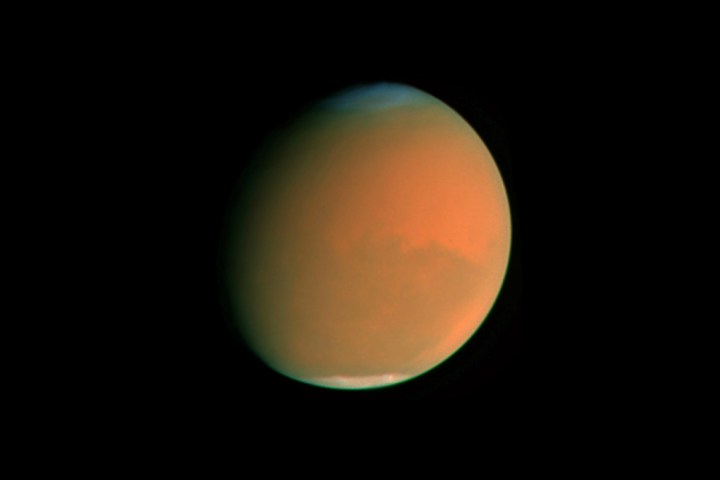
The first shots were fired Thursday, December 7, when CNBC host Jim Cramer quizzed Boeing CEO Dennis Muilenburg over whether the established giant would be able to beat SpaceX. “We’re working on that next generation rocket right now with our NASA customers called ‘Space Launch System,’” Muilenburg said. “This is a rocket that’s about 36 stories tall. We’re in the final assembly right now, down near New Orleans, and we’re going to take a first test flight in 2019. And we’re going to do a slingshot mission around the moon.”
He added that, “Eventually we’re going to go to Mars and I firmly believe the first person that sets foot on Mars will get there on a Boeing rocket.” This is the second time Muilenburg suggested a similar triumph for Boeing, having previously said at a 2016 conference in Chicago that, “I’m convinced that the first person to step foot on Mars will arrive there riding on a Boeing rocket.”
Like waving a red rag to a Tesla Model 3, the statement quickly provoked Musk to respond on Twitter with the two words that may as well sum up his career: “Do it.”
OK, so on some level, this is Twitter drama, which usually peters out after a few hashtags and several retweets. But we’re talking about a man who was told his plan to take on the giants with an electric car was madness, but still succeeded; who has figured out how to land a rocket vertically; who is drilling giant tunnels underground for high-speed transportation; and — most importantly — who has been constantly talking up Space X’s rocket, which he plans to use to transport humans to Mars.
This is one wager we’re excited to see the outcome to. Whoever wins is going to be in line for some serious bragging rights.
Editors' Recommendations
- Watch SpaceX fire Starship’s Raptor engines ahead of 4th test flight
- SpaceX gets big hint from FAA on next Starship launch opportunity
- SpaceX Starlink internet heads to first cruise ships
- Watch SpaceX’s Crew Dragon thrusters guide it to space station
- Watch SpaceX’s Crew-4 astronauts arrive at new home in space


